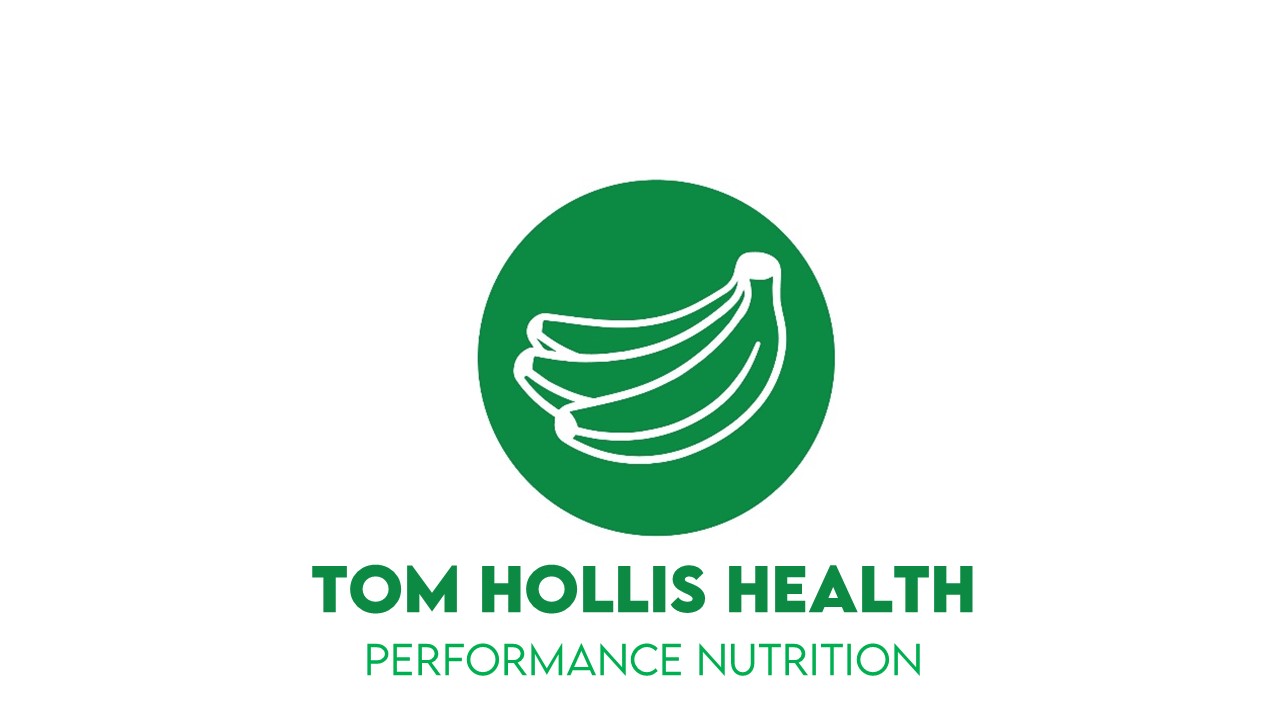In the intro blog, I explained why nitrates had attracted plenty of interest in endurance performance research, and introduced the idea that they may be more effective in improving the efficiency of sub-maximal efforts.
Another emerging theory is that the ergogenic (performance-enhancing) impact of nitrates is felt more strongly among recreational athletes. This trend was spotted in one of the early meta-analyses, where there was a large discrepancy in the percentage of trials showing positive results between those involving ‘untrained’ and ‘trained’ participants.
An individual study was then designed to look more closely at this, and it found that beetroot juice had statistically positive associations with running time trial performance at low and moderate, but not high fitness level groups. As with all of these nitrate trials, this was in comparison to a placebo.
More recently, a full systematic review and meta-analysis (i.e. incorporating all relevant studies) was dedciated specifically to this topic, finding the pooled overall effect of nitrate supplementation on performance to be small but statistically significant among non-athletes (+0.25%), but negligible and non-significant among athletes. In ‘long duration’ tests (>180 seconds) the significant effect in non-athletes was 0.33%, and as discussed in the previous blog, the effect was stronger in sub-maximal ‘time to exhaustion’ than max effort time trial tests.
The reasons for this fitness interaction remain unclear, but physiological adaptations to endurance training probably play a key role, with fitter athletes already having better vascular control and naturally higher nitric oxide (NO) levels…so the impact of nitrate supplementation is likely to be reduced. There’s also good evidence that the nitrate effect is strongest in hypoxia (oxygen depletion), and elite athletes would be less likely to experience muscle hypoxia at any given exercise intensity.
The next part relates to how and when the nitrate is taken, with some individual studies showing differential effects depending on dose or timing of the supplementation, or whether it was consumed as a single ‘acute’ dose, or ‘chronic’, over a period of days.
However, the nitrate doses and timings used in trials have varied massively, from 4 mmol to 19.5 mmol, from a single bolus to 15 days of supplementation, and given anywhere from 40 minutes to 1440 minutes prior to the exercise assessment, and this variety (or ‘heterogeneity’) does make it hard to compare across studies. So far, systematic reviews have not found any significant associations between these dosage parameters and performance, although there was a ‘nearly-significant’ effect seen in chronic rather than acute nitrate supplementation.
I mentioned that trial doses ranged from 4-19.5 mmol of nitrate. Just to put this into context, the average UK daily nitrate ingestion is approximately 1.5 mmol, so the levels given in these trials represent a 3 to 13-fold increase on this.
And bringing this blog back to foods for moment, rather than the more abstract concept of ‘nitrates’, one paper has produced a very helpful ‘veg-table’, which translates 80g portions of different vegetables into nitrate ‘units’ (1 unit equivalent to 1 mmol of nitrate). As can be seen, 80g of beetroot, lettuce, rocket and spinach are all along those in the ‘high’ category that would provide approximately 2 mmol of nitrate per serving.
It’s also worth noting that while most studies have used beetroot juice or sodium nitrate as the nitrate source (due to ease of maintaining consistency of nitrate dose), there’s not yet any evidence of a different performance effect depending on where the nitrate is coming from.
In the final blog (hopefully coming in the next few days), I’ll take a look at whether sport type or intensity affects the association between nitrate and performance, then summarise everything I’ve written across the three blogs along with some practical tips.




